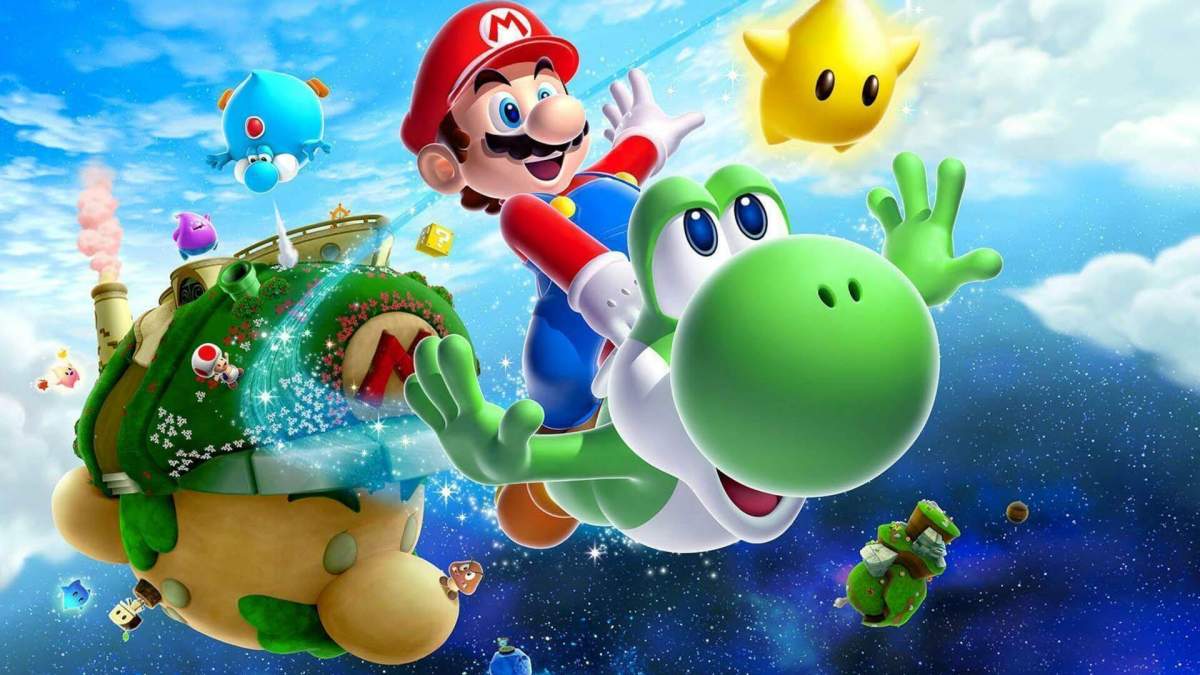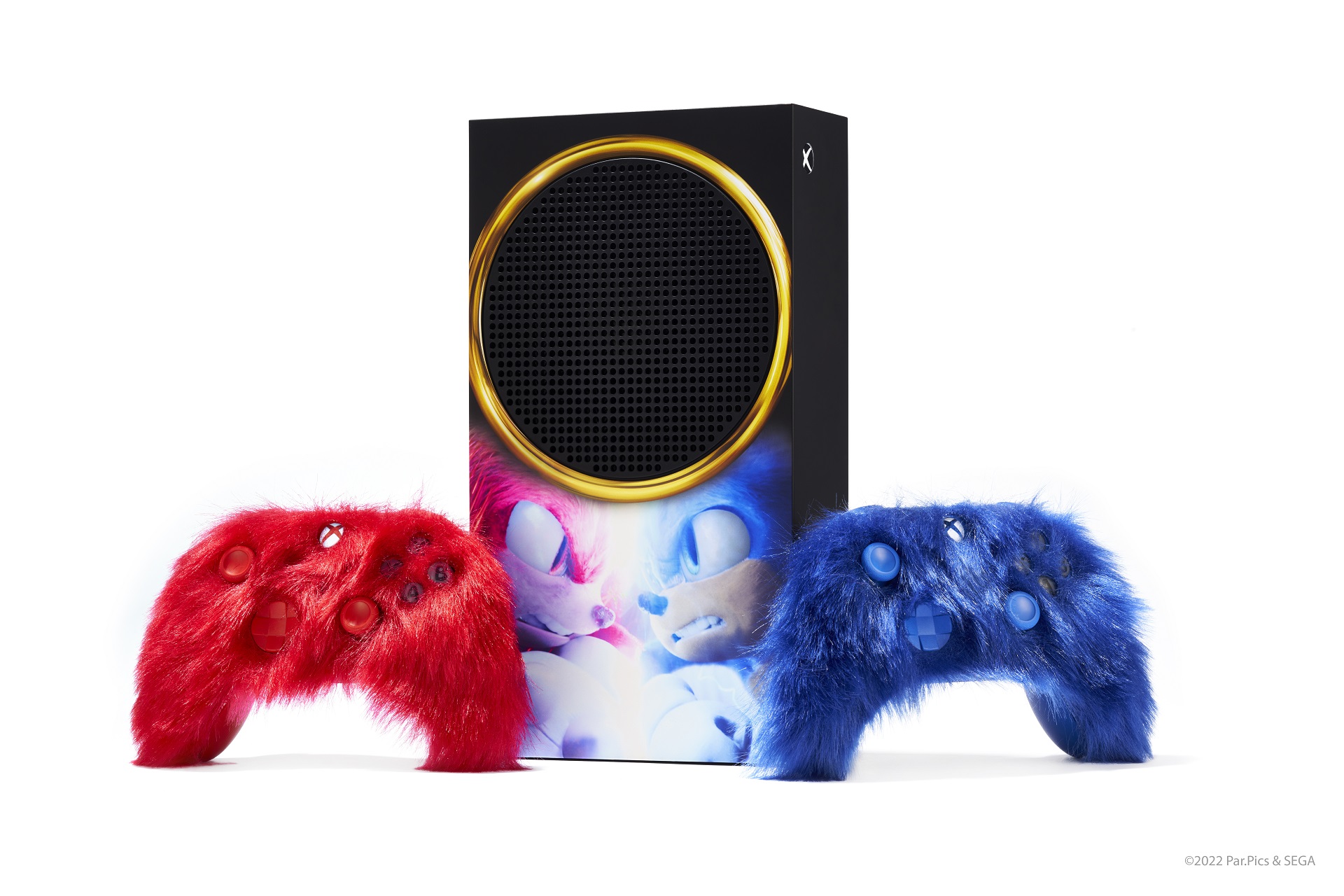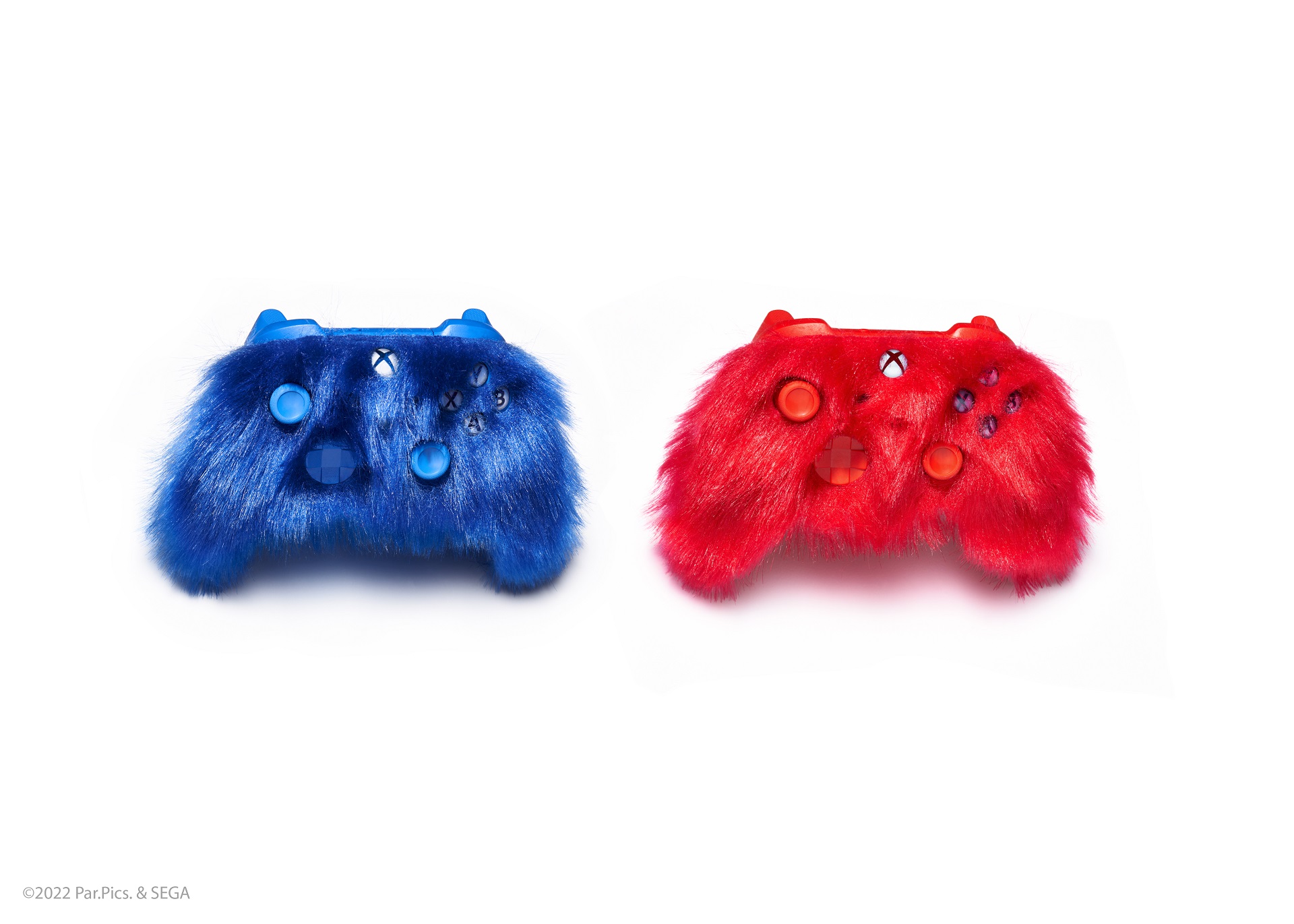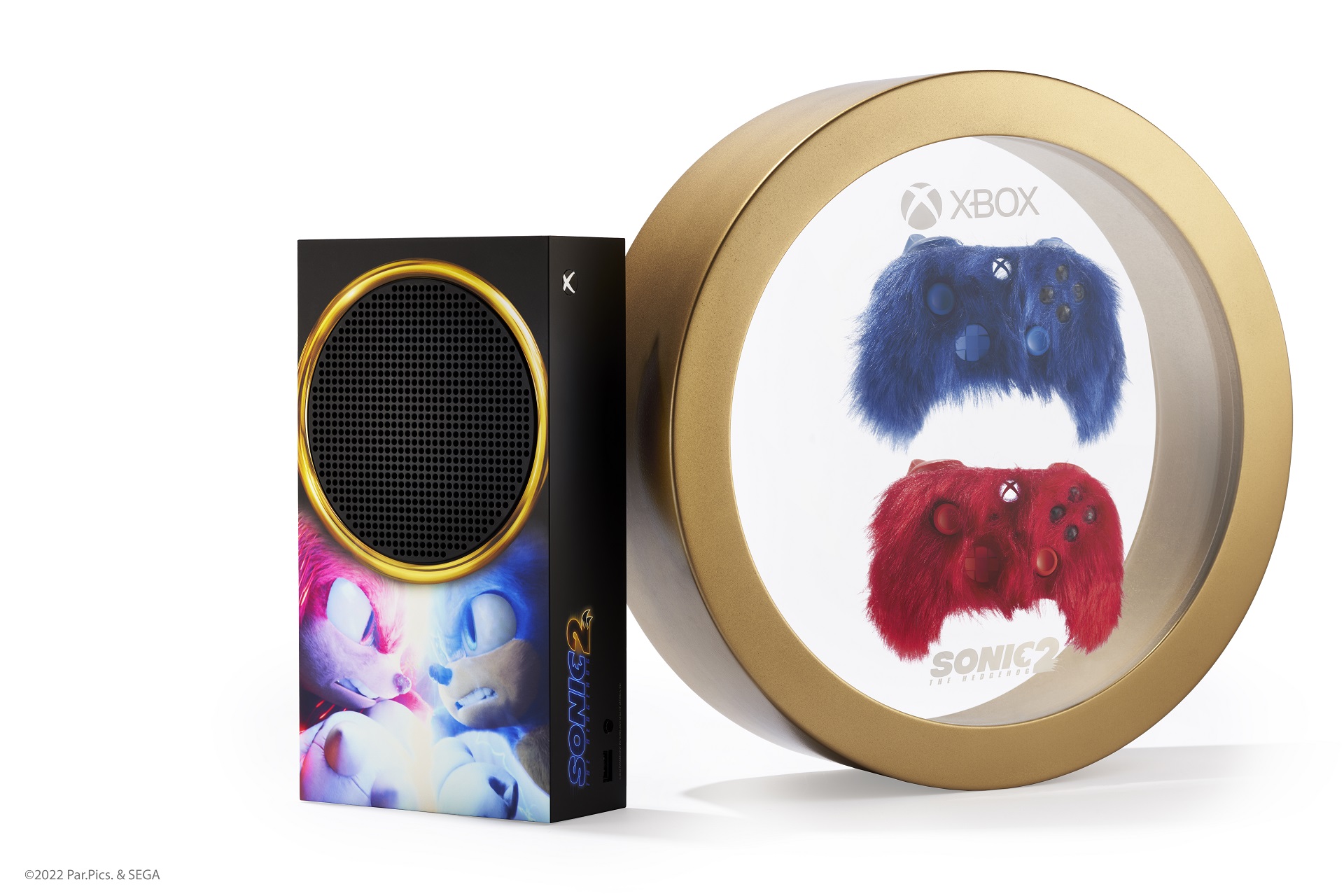The Wii console was a breath of fresh air when Nintendo launched it in 2006. The video game giant’s commitment to bucking the trend had been clear for years, but its previous console, the GameCube, hadn’t paid off. Despite its cute design and emphasis on fun, its unique game discs and lack of online multiplayer meant that it struggled against Microsoft and Sony. It was tough going head-to-head with the phenomenally successful PlayStation 2, and GameCube was also hit by a recurrent Nintendo problem: too few games. With Wii, Nintendo’s instinct returned, and it got the contrary bit right.
Wii’s motion controls and emphasis on varied gameplay appealed to all types of gamers and caught rivals by surprise. Its name was odd but straightforward. The inclusion of Miis from the start predicted social moves and it served up gaming moments that were far more varied and fun than many high-performance battles on PlayStation or Xbox.
Wii was an accessible console, and its games reflected its broad appeal. Alongside impressive ports that made great use of its remote and nunchuck controls ⏤ like Okami and Resident Evil 4 ⏤ were innovative games that could only have sprung up on this console. Sony and Microsoft tried to catch up, bringing out their Kinect and Playstation Move add-ons in response. But those always felt like add-ons, while Wii was well-realized from the start. That helped Nintendo’s console storm ahead, beating Playstation 3 and Xbox 360 with 101 million units sold and setting the agenda for consoles to come.
What were the best games on Nintendo’s innovative console? If you’re dusting off the console and ensuring your remote wrist-strap is attached, we’ve ranked the 10 best games released on Nintendo Wii.
10. Xenoblade Chronicles
This is the groundbreaking RPG that Wii owners needed. Xenoblade Chronicles’ complex role-playing game was spun from the Xeno series but not bound by its continuity. Its sci-fi-fantasy was captured in two interlocked worlds built from the bodies of two warring titans — an open world that set a new bar for RPGs. Protagonist Shulk and the mystical blade Monado have become a regular on Super Smash updates. One minus was the slightly disappointing graphics supported by Wii’s hardware, but if you want to catch up, a remastered remake was released on Switch in 2020.
9. Wii Sports
This is the launch title that the console needed. While plenty of variations followed, the pure joy of Wii Sports’ games remains. It featured five sports ⏤ tennis, baseball, bowling, golf, and boxing ⏤ each simplified so gamers, whether new or experienced, could pick up the controls and play immediately. There were hints of the fitness potential of consoles, with different modes that could monitor players’ progress in each sport. Most of all, Wii Sports demonstrated the easy, brilliant, and fun free-for-all video gaming should be.
8. Rock Band 2
Released in 2008, Rock Band built on its predecessor in every way. It may have been released on Xbox 360 first, but Wii’s affinity for peripherals and motion controls was where it came into its own. 84 master recordings in-box and additional downloadable content kept the challenge alive. The format was reassuringly familiar, with up to four players mimicking the performance of popular songs, using controllers, or their voices, in place of musical instruments. It may have tweaked and refined the format rather than presenting a new game, but adding a No-Fail option opened the game up to various skill levels.
7. No More Heroes 2: Desperate Struggle
Travis Touchdown’s meta and irreverent approach to video games stood out. Two installments brought the action-adventure, hack and slash gaming, and surreal humor Wii needed. After assassin Travis sailed through the first game’s ranked battles, his Desperate Struggle brought a more refined experience. While the combat remained similar ⏤ slash, wrestle, and deathblow ⏤ alongside new playable characters, Travis could switch between beam katanas mid-battle. Ad in free-to-enter ranked battles and gamers enjoyed more variety and faster progression. That said, none of this bizarre adventure could be missed, including its 8-bit style mini-games. Desperate Struggle was one of Wii’s wildest moments.
6. MadWorld
MadWorld arrived with a distinctive splash of gore, but it didn’t achieve the sales it deserved despite the hype. Its concept was simple – a dystopian beat-’em-up, where players guided Jack through the satirical DeathWatch TV show. It’s Running Man without the yellow jumpsuit, but with gorgeous black and white visuals only interrupted by the frequent blood splatters. It didn’t make the most precise use of the Wii controls, but the repetitive gameplay and darkly inspired violence was as engrossing as it was gross. It was a bit short, and it’s difficult to argue that there was more substance than style, but it stood up to repeat play.
5. Metroid Prime Trilogy
It’s tough to edge out Metroid Prime Echoes — which could have made this list on its own — but the whole trilogy is a phenomenal achievement, and Wii is where it came together. Adding motion controls to the GameCube original created the definite version of Metroid Prime. Despite first impressions, Prime’s trick was that it wasn’t a first-person shooter (FPS). It was an action-adventure game that just happened to be framed in 3D first-person — except when it switched to third-person for Samus Aran’s classic Morph Ball mode. Prime released FPS from its tunnel vision, fusing it with the platformer’s legacy of puzzle-solving and exploration. Every element clicked, from impressive graphics to immersive atmosphere and stunning level design. We can cheat with the whole Trilogy because Samus gave us the okay.
4. Kirby’s Epic Yarn
Kirby sprang onto Nintendo in 1992, the year Mortal Kombat and Wolfenstein 3D brought the wrong kind of attention to video games. Jump forward 18 years, and Kirby was still riding high, still cute, and buoyed by a diverse string of games. Kirby had been away from home consoles for seven years but returned on a quest to find seven pieces of magic yarn in an environment entirely assembled from cloth and textiles. Most revolutionary was banning Kirby from flying or inhaling. Instead, the pink hero morphed into different objects throughout the side-scrolling platformer. The gameplay worked, ahem, seamlessly with the visuals and crafted one of Wii’s most accessible titles. A bit easy for some gamers, but among the most distracting hours you could spend on the console.
3. Super Smash Bros. Brawl
Brawl’s canvas was bigger, but it retained the Super Smash twist on traditional fighters. It wasn’t about knockouts, but rather the frantic fun of the Nintendo family coming together to knock each other off-screen, and this time playable third-party characters were invited. Brawl shone a new light on characters and paid tribute to generations of video games. A highlight was a stunning score that features nearly 40 video game composers. Innovation and heritage were also evident in Brawl’s controller mechanics – players could simultaneously use the Wii Remote, Wii Remote with Nunchuk, GameCube controller, and Classic Controller. While it strained the hardware a bit ⏤ those pesky loading times should have been knocked off a ledge ⏤ it was surprisingly deep, dynamic, and probably the best combination of fun and challenge on Wii.
2. The Legend of Zelda: Skyward Sword
The Wii launched with Twilight Princess, a divisive entry in the Zelda franchise, not least because it fell between GameCube’s demise and Wii’s launch. Skyward Sword was a wholly different adventure. Jumping back to the beginning of the Zelda saga, it had color, brightness, and giant Loftwing birds. After the franchise had taken Link onto the oceans and railways of Hyrule, Skyward Sword let him soar through the sky above it. The gorgeous art style that pushed the hardware was inspired by Impressionist and post-Impressionist painters. On the ground, Skyward Sword was a familiar blend of quest and dungeon-based puzzles. In combat, it used the Wii MotionPlus enhanced controller for more realistic hacks and blocks. The technology proved challenging for developers and divisive for gamers. Still, many thought this epic game set a new bar while paying tribute to Zelda traditions. Flying from Skyloft on the back of a Loftwing was one of Wii’s great experiences.
1. Super Mario Galaxy 2
It had been a while since a console-headlining Mario game earned a sequel. Galaxy 2 improved on its Wii predecessor in every way ⏤ the only reason that stunning game doesn’t make this list. Not bad for a sequel initially developed as Super Mario Galaxy More ⏤ a mere update to the original. Fortunately, Nintendo EAD Tokyo realized the potential and unleashed its imagination (and Yoshi). Galaxy 2 couldn’t move too far from its predecessor, but it took a bolder and more confident approach to galactic gameplay. It embraced the game’s out-of-this-world weirdness with many ideas that could have stood as games in their own rights. Galaxy 2 cranked up the difficulty, which put some players off, but remained more accessible than the infuriating heights of Mario’s early years. It’s no wonder that Wii’s finest moment sold over seven million copies.




